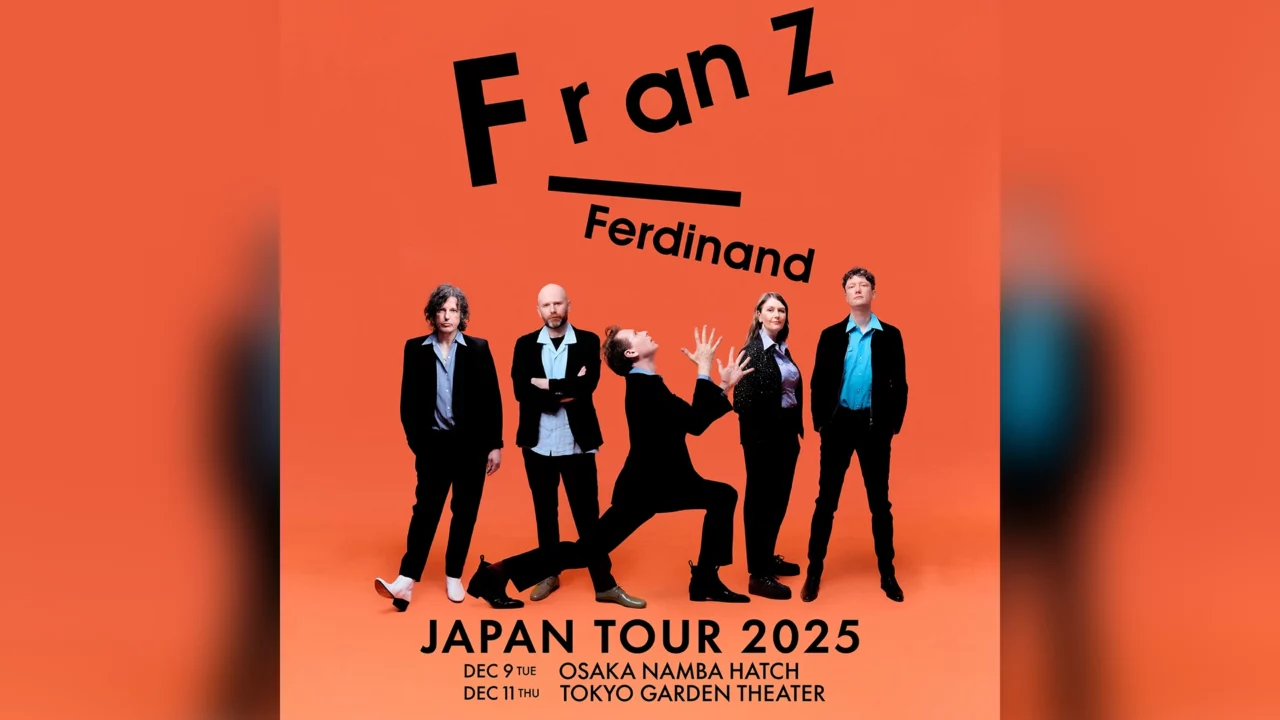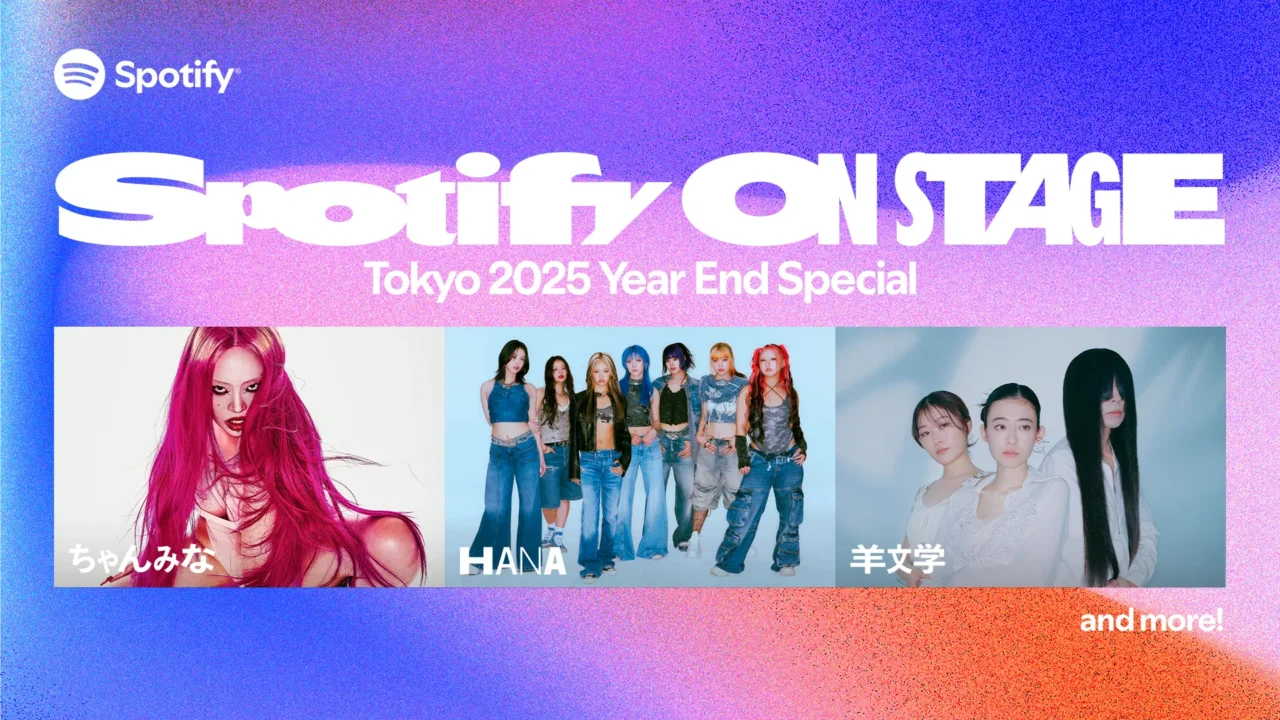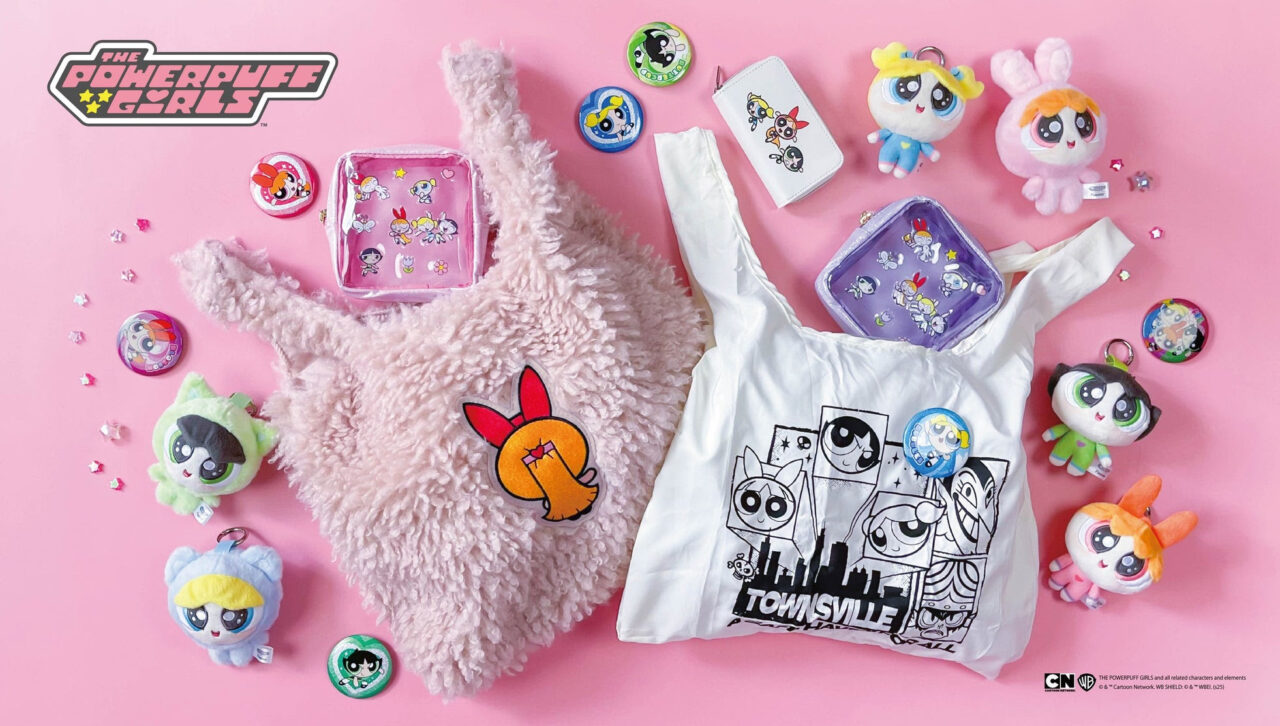INDEX
Venturing into a Richer, More Robust Mental Universe
In the middle of the exhibition, works from the 1980s onwards are displayed. After a serious illness that brought him to the brink of death, Tanaami’s style evolved to delve deeper into his inner world. According to Tanaami himself, during his long hospitalization, he was surrounded by spiritual books about life and death, which might have influenced this shift. The memories of his childhood wartime experiences, which had not been strongly acknowledged before, began to emerge, making his works significantly heavier and more enigmatic.

Tanaami frequently employs motifs inspired by his travels in China, such as continental-style auspicious symbols, and images from his dreams and hallucinations during treatment. For example, there’s a wavy pine tree seen from a hospital window, a rainbow-colored turtle, and towers resembling wrestling rings from which viscous liquids often overflow. While the ‘Tokiwa Pine’ series in silk screen still emphasizes design, the pencil-drawn towers reveal a more intense, subconscious world of the artist that feels somewhat unsettling. Notably, this series has been omitted from the exhibition catalog, so if you wish to see it, visiting the exhibition in person is the only option.
At the center of the gallery, there’s a three-dimensional piece combining dream motifs and block imagery. Its overtly sexual form, reminiscent of an adult toy, elicits a wry smile despite its provocative nature.

The large work titled “The Hundred Cranes Flying Over Mount Penglai”, composed of four canvases, was truly shocking. It features countless pines with branches resembling nerves, a structure that could be a skyscraper, a wrestling ring, or a stupa, and a multitude of cranes. I searched the canvas for the titular Mount Penglai (the sacred mountain believed to be the home of immortals), but could not find any hint of such a mountain.

Could it be that the lettering “Mt. HORAI” is intended to represent Mount Penglai? How bold! The artist was known to be interested in the “letter trees” found in Eastern Li Dynasty paintings during this period, and he created numerous works with a somewhat mystical mood, featuring calligraphy placed centrally on the canvas. So perhaps this is the intended interpretation. It was a refreshing surprise to see something so significant represented not as a mere likeness but as a form with the depth of “words.” It inadvertently also resembles the design of an Islamic mosque.

The “Elephant Man” series was intriguingly captivating. These are small-scale drawings made with acrylic paint on paper, created during a busy period when the artist held a teaching position. The elephant man appears in nearly the same pose each time, but the extreme distortion of the ears and nose sometimes adds a humorous touch, only to shift to something startlingly vivid in the next moment.
So far, we’ve only covered about half of the exhibition. From Chapter 7 through to the final chapter, a relentless “collage festival” begins, almost without pause.























